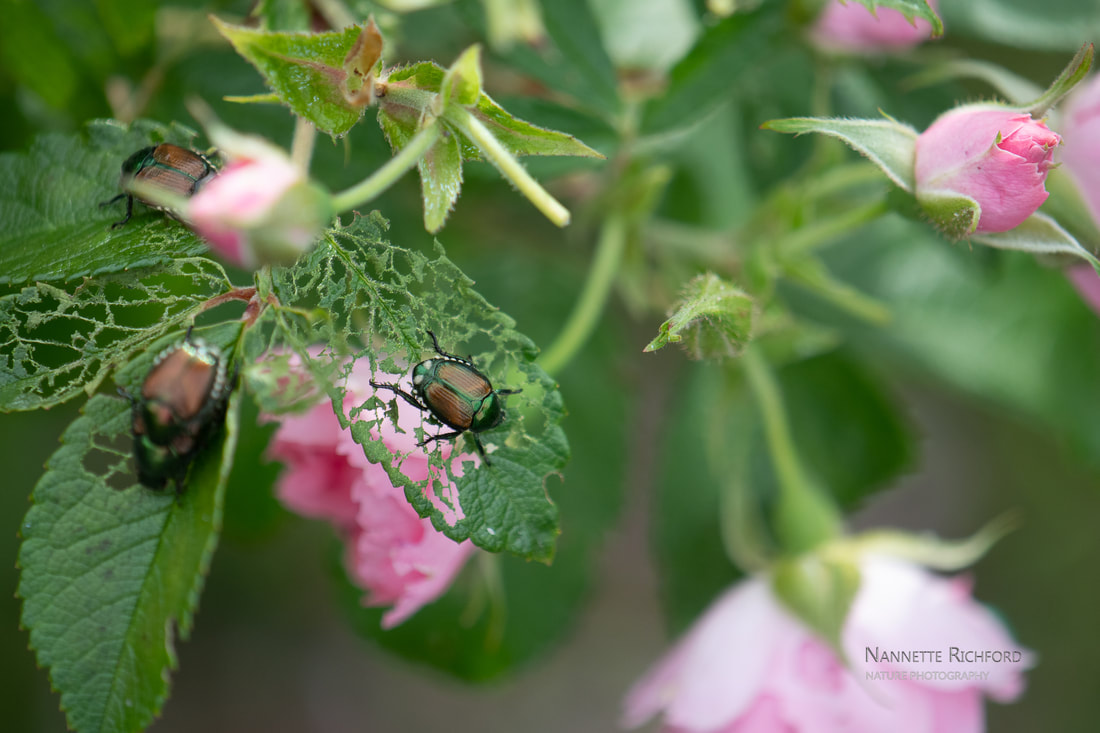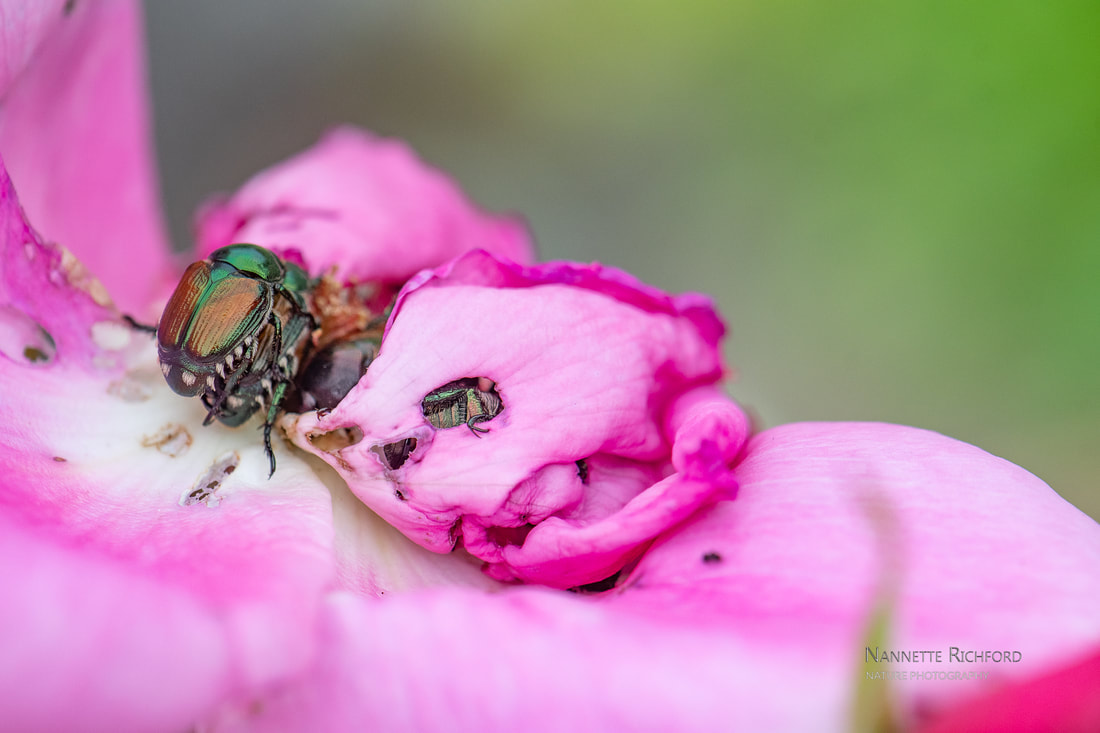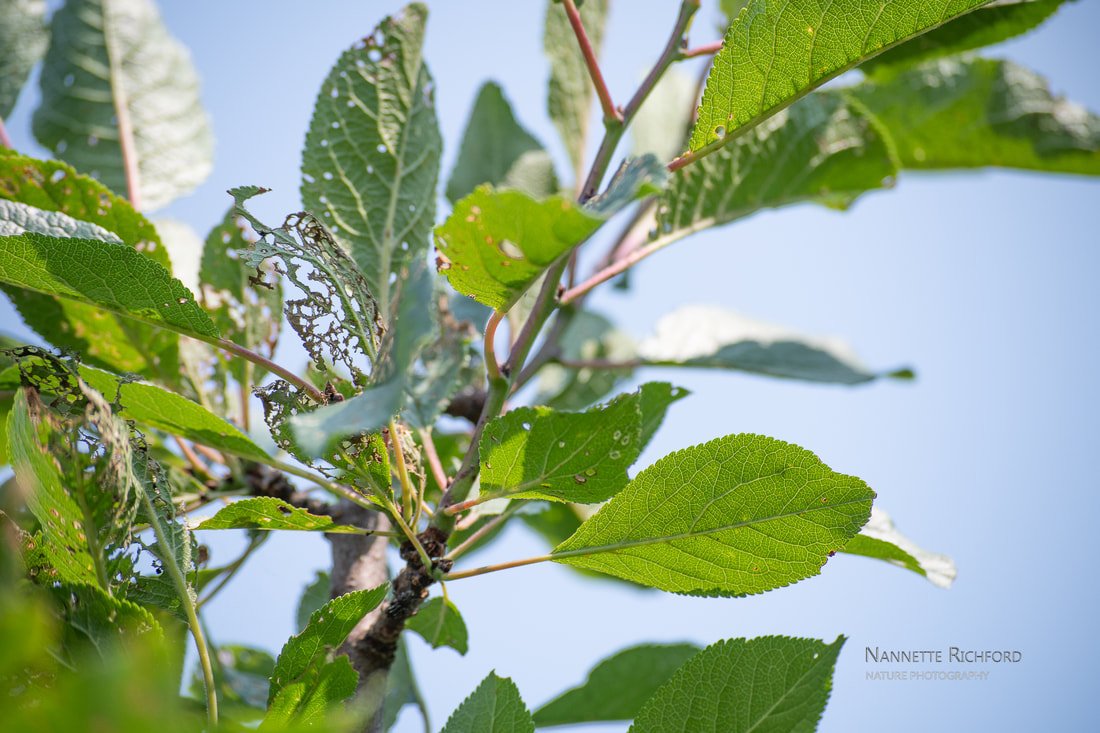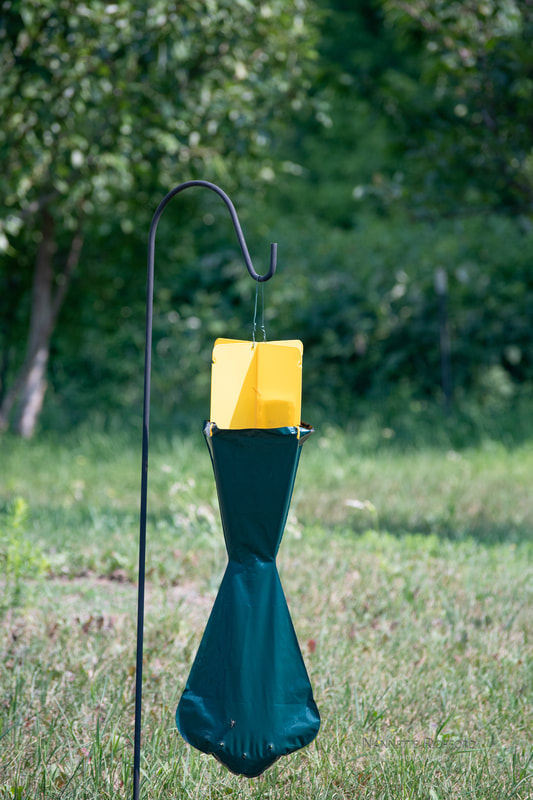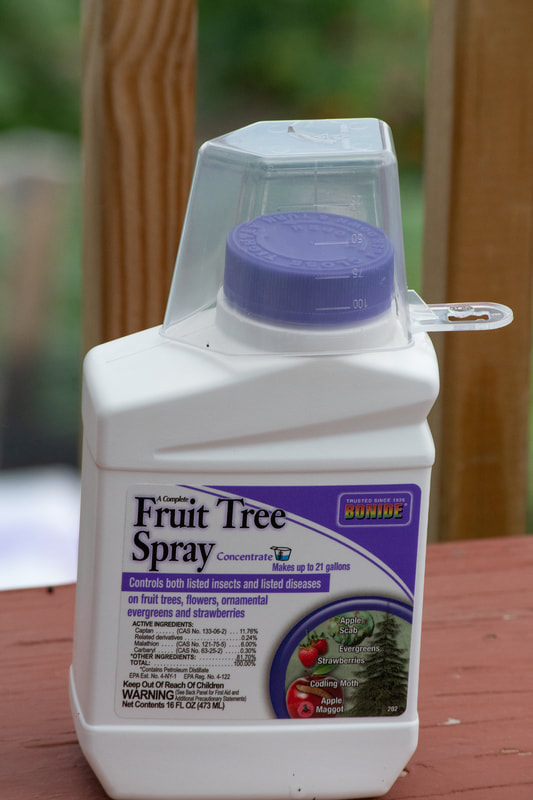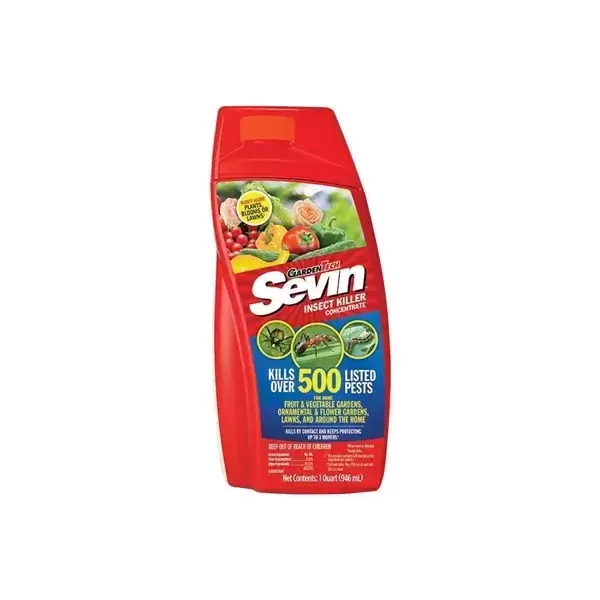- Home
- Garden Thyme Blog
- Themes
- Flowers
-
Veggies
-
Warm Season Vegetables
>
- About Beans >
- About Corn >
- Cucumbers >
- Melons
- Peppers >
- Squash >
-
Tomatoes
>
- How to Harden Off Tomato Plants
- How (and when) to Prune Tomatoes
- Magnesium Sulfate (Epsom Salt) for Tomatoes
- Blossom End Rot in Tomatoes
- Growing Cherry Tomatoes in Hanging Baskets
- 4 Best Tomatoes for Short Seasons - Early Tomatoes
- 5 Early Maturing Tomatoes for Short Season Gardening
- How to Ripen Green Tomatoes
- How to Make Sun-Dried Tomatoes at Home
- How to Grow a Pomato Plant
-
Cool Season Vegetables
>
-
Warm Season Vegetables
>
- Herbs
- Gardening Basics
- Garden Pests
- Birds
- Fiddleheads and Fairies
- About Us
- Contact Us
- How to Marinate Roasted Vegetables
How to Get Rid of Japanese Beetles
We were overrun with Japanese Beetles last summer. There are usually a few on my rose bushes and I handpick them and drop them in soapy water to keep them under control. But last year the Japanese Beetles descended like a plague, and I had to take more desperate measures.
It all began with some leaf damage. I wasn't overly concerned as it was only a few leaves, and I could easily keep up with hand picking the beetles every morning.
Finding them devouring the flowers concerned me more, but I continued the daily ritual of hand picking them and dropping them in soapy water.
Then, they attacked my plum trees. On a sunny afternoon hundreds (if not thousands) of them were swarming the canopy of the tree.
Do Japanese Beetle Traps work?
I decided to try a Japanese Beetle Trap. Japanese Beetle Traps work by attracting Japanese Beetles with lure. The lure contains both floral scents and pheromones to attract the beetles. The excited beetles fly around the top of the trap, hitting the sides of the plastic (yellow above) and fall into the bag. Japanese Beetles cannot climb back up through the tunnel and are trapped inside the bag.
Japanese Beetle traps don't pose a risk to other insects, are not toxic to humans and pets, and don't contaminate the environment. It seemed like the ideal solution for my Japanese Beetle problem,
I hung the bag halfway between my fruit trees and my rose bushes with at least 20 feet between the trap and the trees and roses.
I was delighted to see them swarm the trap and drop into the bag. (Note the lumpy bottom of the bag as it fills with Japanese Beetles in the photo above) I thought the problem was solved. But I soon learned the trap could not handle the Japanese Beetle infestation I was facing.
Although it was trapping beetles, there were way too many beetles arriving each day for the trap to be effective.
With a little research, I learned that the lure used in Japanese Beetle traps can attract Japanese Beetles from miles away. I decided I already had enough beetles to contend with and didn't need to lure them in from across the countryside. I took the Japanese beetle traps down and disposed of them in a tightly sealed trash bag.
Although the Japanese Beetle traps worked to trap beetles, I think they made the problem worse by attracting more Japanese Beetles to my yard.
If you decide to try a Japanese Beetle Trap to control the Japanese Beetles in your yard or garden, be aware that you may attract more beetles to your yard!
Japanese Beetle traps don't pose a risk to other insects, are not toxic to humans and pets, and don't contaminate the environment. It seemed like the ideal solution for my Japanese Beetle problem,
I hung the bag halfway between my fruit trees and my rose bushes with at least 20 feet between the trap and the trees and roses.
I was delighted to see them swarm the trap and drop into the bag. (Note the lumpy bottom of the bag as it fills with Japanese Beetles in the photo above) I thought the problem was solved. But I soon learned the trap could not handle the Japanese Beetle infestation I was facing.
Although it was trapping beetles, there were way too many beetles arriving each day for the trap to be effective.
With a little research, I learned that the lure used in Japanese Beetle traps can attract Japanese Beetles from miles away. I decided I already had enough beetles to contend with and didn't need to lure them in from across the countryside. I took the Japanese beetle traps down and disposed of them in a tightly sealed trash bag.
Although the Japanese Beetle traps worked to trap beetles, I think they made the problem worse by attracting more Japanese Beetles to my yard.
If you decide to try a Japanese Beetle Trap to control the Japanese Beetles in your yard or garden, be aware that you may attract more beetles to your yard!
Does Bonide Fruit Tree Spray kill Japanese Beetles?
Bonide Fruit Tree Spray is labeled for use in killing Japanese Beetles, so I decided to give it a try. I sprayed both my fruit trees and rose bushes (I removed the flowers and buds to minimize the risk to bees and other beneficial insects) with Bonide Fruti Tree Spray.
Initially, I saw some improvement as it seemed to kill off existing Japanese Beetles, but it didn't seem to have the residual effect needed to kill new Japanese Beetles as they arrived. Within a few days, hordes of Japanese Beetles descended on my fruit trees and roses.
Bonide Fruit Tree Spray may be effective against Japanese Beetles if no new beetles arrive to replace those killed off, but it wasn't effective in combatting my Japanese Beetle problem.
Initially, I saw some improvement as it seemed to kill off existing Japanese Beetles, but it didn't seem to have the residual effect needed to kill new Japanese Beetles as they arrived. Within a few days, hordes of Japanese Beetles descended on my fruit trees and roses.
Bonide Fruit Tree Spray may be effective against Japanese Beetles if no new beetles arrive to replace those killed off, but it wasn't effective in combatting my Japanese Beetle problem.
Does Sevin kill Japanese Beetles?
After weeks of battling Japanese Beetles with little success, I decided to give Sevin Concentrate a try.
It worked like a charm. I don't know why I didn't think of it before.
Here's how I applied it with my Ortho Hose End Sprayer.
That's it! Within a few hours all the Japanese Beetles were gone.
Always follow manufacturer's directions when applying Sevin or other pesticides and avoid contact with the spray. If you are spraying an area over your head, stand back as far as possible and avoid looking directly up to avoid getting droplets on you face.
It worked like a charm. I don't know why I didn't think of it before.
Here's how I applied it with my Ortho Hose End Sprayer.
- Pour the concentrate in the hose-end sprayer bottle.
- Set the dial to 4 ounces per gallon.
- Attach it to the hose.
- Use the spray setting to wet the foliage on the affected trees/shrubs.
That's it! Within a few hours all the Japanese Beetles were gone.
Always follow manufacturer's directions when applying Sevin or other pesticides and avoid contact with the spray. If you are spraying an area over your head, stand back as far as possible and avoid looking directly up to avoid getting droplets on you face.
How to Minimize Risks to Bees and Benificial Insects
Pesticide use typically poses a risk to bees and other beneficial garden insects, but there are some ways you can reduce those risks.
- Use natural pest control when possible. Hand picking Japanese Beetles can be effective when you are only dealing with a few beetles.
- Remove buds and flowers from your rose bushes before spraying them. They may look bare for a few weeks, but most will rebloom quickly and you will save the lives of bees and other nectar-seeking insects.
Copyright © 2014 Nannette Richford
- Home
- Garden Thyme Blog
- Themes
- Flowers
-
Veggies
-
Warm Season Vegetables
>
- About Beans >
- About Corn >
- Cucumbers >
- Melons
- Peppers >
- Squash >
-
Tomatoes
>
- How to Harden Off Tomato Plants
- How (and when) to Prune Tomatoes
- Magnesium Sulfate (Epsom Salt) for Tomatoes
- Blossom End Rot in Tomatoes
- Growing Cherry Tomatoes in Hanging Baskets
- 4 Best Tomatoes for Short Seasons - Early Tomatoes
- 5 Early Maturing Tomatoes for Short Season Gardening
- How to Ripen Green Tomatoes
- How to Make Sun-Dried Tomatoes at Home
- How to Grow a Pomato Plant
-
Cool Season Vegetables
>
-
Warm Season Vegetables
>
- Herbs
- Gardening Basics
- Garden Pests
- Birds
- Fiddleheads and Fairies
- About Us
- Contact Us
- How to Marinate Roasted Vegetables
